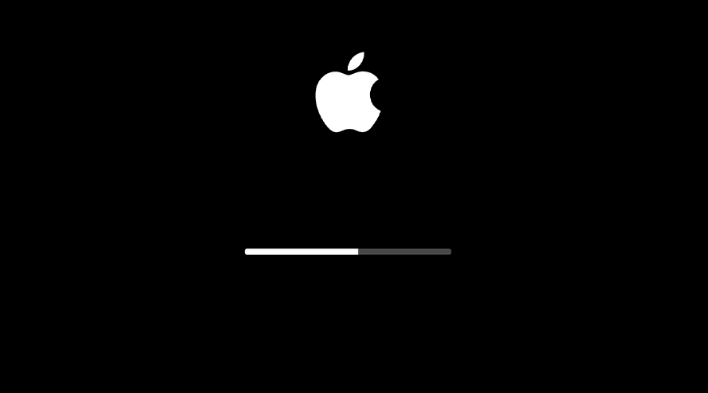
You might have noticed that users have increasingly higher requirements for storage devices due to demanding tasks and heavy data to be saved.

Then attempt to boot it on the Mac OS side. Then Restore the backup to the PCIE NVME drive. If windows 7, it's not going to boot and you need to apply hotfixes first to the Windows side FIRST and you should test it after the hotfixes just to make sure it's detected and accessible.Īnyway, once you've taken a full disk backup, be sure to physically disconnect the main SATA drive. And, if your bootcamp is Windows 10, migrating to PCIE NVME should be OK since it has native support for these drives. This backup and restore will copy the entire disk (must be done from the Mac side) including the bootcamp partition, but also prep it for the hardware change. Then, do a full disk restore to the PCIE NVME drive. #3, after that, I would install the Acronis True Image 2019 trial and do a full disk backup (not a clone) to an external USB drive. You may want to boot into bootcamp and check it is detected as well (although, not likely if the entire disk is formatted as journaled initially at this point.) If the existing OS can see it and detect it, chances are drivers are installed and ready so when you migrate, they will be good to go.

Ensure the existing booted OS can see it and initialize it and format it as Mac OS journaled. #2, I would install the PCIE NVME drive into the system as a new, secondary drive. But you're going to be smart and safe by doing the next steps as well, so the TM backup is just a precaution. #1, I would make a time machine backup to start and give yourself a recovery option - just in case. hence, a clone of what's there at that point in time.
However, a clone from SATA to NVME PCIE is different hardware and not likely to boot because the OS is not prepped for this hardware difference and you're trying to make an exact copy "as is".

So, if cloning SATA to SATA, you'll be fine. However, keep in mind that a clone is an EXACT copy of the existing drive (and OS) which includes the existing hardware and installed drivers.


 0 kommentar(er)
0 kommentar(er)
